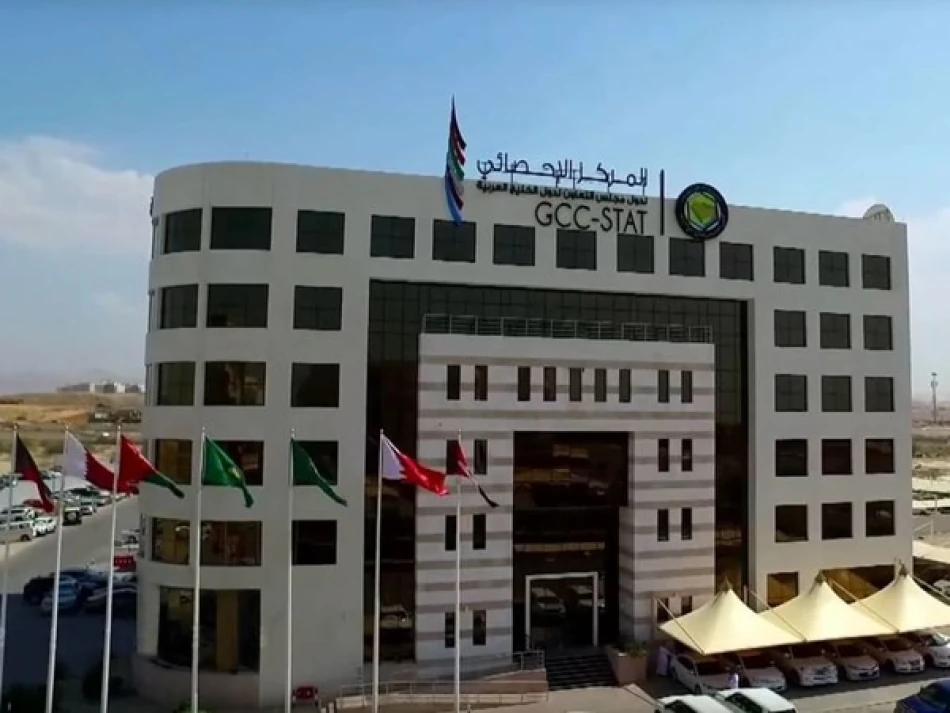
Gulf Banks Manage Staggering $3.5 Trillion in Assets, Driving Regional Financial Dominance
Gulf banks are having their best years in recent memory. Commercial banks across the six Gulf Cooperation Council countries saw their total assets jump 10% in 2024 to hit $3.5 trillion, according to new data from the Gulf Statistical Center. That's a massive increase that puts the region's banking sector well above pre-pandemic levels.
The numbers tell a story of strong economic recovery. Bank deposits climbed 9.6% to $2.1 trillion, while loans grew 9.9% to reach the same figure. This near-perfect balance between deposits and lending suggests banks are putting customer money to work efficiently without overextending themselves.
Here's what makes these figures particularly impressive: about 80.7% of all loans went to private sector businesses. That's crucial because private sector lending typically drives job creation and economic growth more effectively than government spending. It shows Gulf banks are actively supporting the region's economic diversification efforts.
The quality of these loans has also improved. Non-performing loans dropped across the region between 2020 and 2024, though the improvement varied by country. This suggests better risk management and stronger borrower finances compared to the pandemic period.
But there are some notable differences between countries. The loan-to-deposit ratio varies dramatically across the Gulf, ranging from 66% to 125%. Countries on the lower end have more conservative lending practices, while those closer to 125% are pushing more aggressively to grow their loan books.
Gulf banks are also incredibly well-capitalized. Their capital adequacy ratios ranged from 17.8% to 32% in 2024, far exceeding the Basel III minimum requirement of 8%. This gives them a substantial buffer against potential losses and positions them well for future growth.
For investors and policymakers, these numbers represent validation of the Gulf's economic strategy. The region has successfully weathered multiple crises - from oil price volatility to the pandemic - while building a more resilient financial system. Bank profits over the past four years have consistently exceeded pre-COVID levels, suggesting this growth is sustainable rather than a temporary bounce-back.
The strong performance also gives Gulf governments more confidence in their diversification plans. With banks healthy and lending actively to private businesses, there's a solid financial foundation for the region's ambitious economic transformation projects.
Most Viewed News

 Layla Al Mansoori
Layla Al Mansoori






